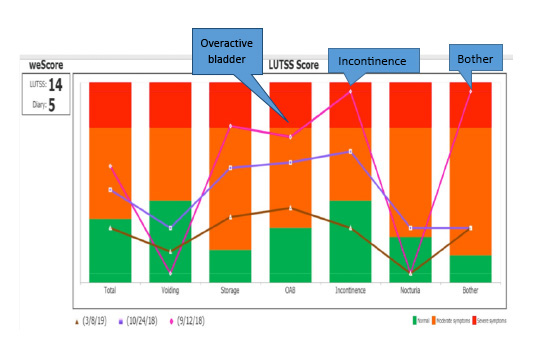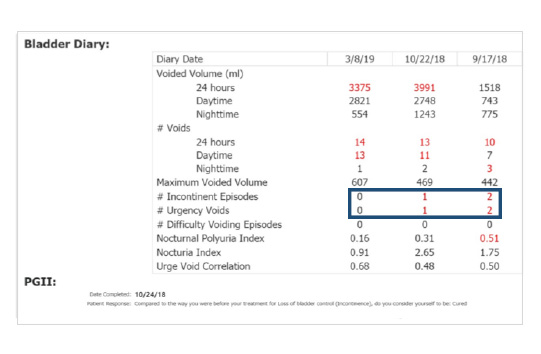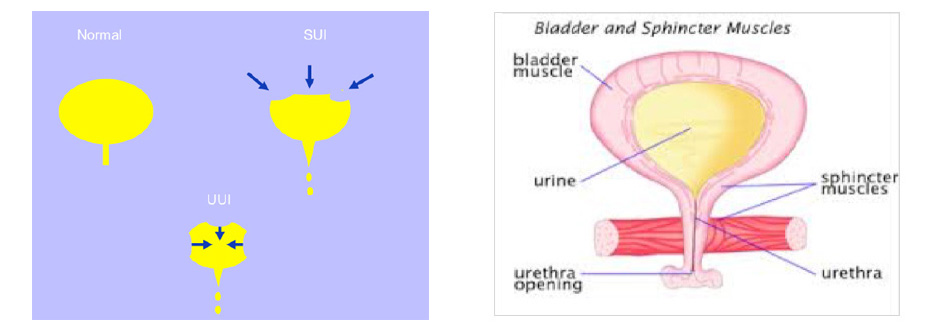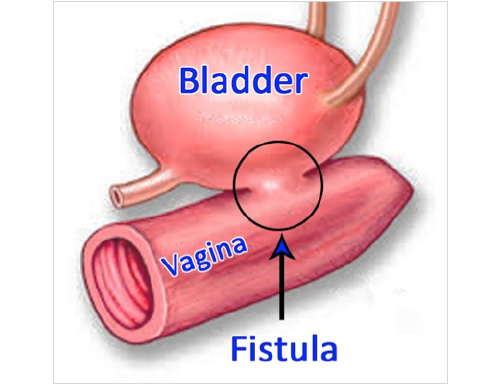Urinary Incontinence in Women
Urinary incontinence is the uncontrollable loss of urine that causes you to wet your underwear or clothing. In women, it is very common; the chances are that you have friends and family members who have incontinence. But for many, it is a well-kept secret, because many women are too embarrassed to even mention it to anyone, including their doctors. It is estimated that over half of women with incontinence never even tell their doctors about it! The good news, though, is that there are many treatments for urinary incontinence and they are very successful.
Three main types of urinary incontinence – stress, urge and unaware
What causes urinary incontinence?
Incontinence has three main causes: a weak sphincter, involuntary bladder contractions, and urinary fistulas (an abnormal connection between the bladder and the vagina). 1. Stress Incontinence (SUI) SUI occurs when you cough, sneeze, bend, lift, run or do other kinds of exercise. It is like a leaky faucet. The most common cause of SUI Is pregnancy and childbirth but it also may occur after certain operations like hysterectomy, but in many women, the cause is unknown. The most effective treatment for SUI is surgery, but many patients can be successfully treated with behavior modification, physical therapy and/or medications.
2. Urge Incontinence (UUI) UUI is incontinence due to a severe urge to urinate that you can’t hold back; it causes you to rush to the bathroom, but you don’t get there in time – you lose control and wet yourself; you actually start to urinate without control. Most people with UUI have involuntary bladder contractions which means that the bladder contracts without your wanting to and you begin to urinate.
- There are many possible causes of UUI including bladder infection, hormone deficiency, vaginal prolapse (dropped bladder) and neurogenic bladder due to diseases like multiple sclerosis and Parkinson’s Disease.
- There are many treatments for UUI depending on the cause, but in the vast majority of patients, treatment is initiated with behavior modification, physical therapy and medications. Only when these treatments fail is surgery even considered.
3. Unaware incontinence (UAI) In UAI you have no sensations at all but simply find your underwear or clothes wet. UAI can be caused by a weak sphincter, involuntary bladder contractions or a urinary fistula
- Urinary fistula A fistula is an abnormal connection between the vagina and the bladder or the ureter (the muscular tube that drains urine from the kidneys to the bladder). In this condition urine simply leaks into the vagina and then wets your clothing.
- There are only a few causes of fistulas and they are all treated by surgery.
- Prior pelvic surgery, most commonly hysterectomy (removal of the uterus)
- Pelvic radiation for cancer and
- Complications of childbirth or other forms of trauma like motor vehicle accidents.
So, I have incontinence; what do I do next?
Most guidelines recommend that you see your doctor who should:
- Take a history and try to determine the cause of incontinence
- Exam you, especially to check if you leak urine when you cough or strain
- Check for post-void residual urine (to see if you empty your bladder ok after you urinate)
- Do a urine test
How does the weShare app help?
The weShare app makes it much easier for you and your doctor to:
- Communicate with each other
- Save you both time in both diagnosis and treatment
- Arrive at the correct diagnosis and treatment
- Can be used for a telemedicine visit under current COVID related applications
- Sometimes, you can be effectively treated without coming into the office at all!
Example of a women with incontinence who used the weShare app
A 35-year-old woman had terrible incontinence that persisted 11 weeks after childbirth. She contacted her doctor who asked her to download and complete the weShare app. The doctor reviewed the results during a telemedicine (online) visit. She then came into the office for some tests and scheduled surgery. She only needed one office visit before surgery, saving time and money! This is a graph showing her symptoms. The higher the point is on the graph the worse the symptoms. Red indicates the worst possible symptoms and green indicates little or no symptoms:  Before treatment, she had terrible incontinence and overactive bladder symptoms and was bothered a lot (purple line). At 2 weeks after successful surgery, she still had some incontinence (blue line). By 5 months after surgery (brown line), she no longer experienced incontinence at all (brown line). Looking at the graph and comparing the purple and brown lines, it is obvious that her symptoms got better. Her bladder diary showed that she went from 2 to no incontinence or urgency episodes.
Before treatment, she had terrible incontinence and overactive bladder symptoms and was bothered a lot (purple line). At 2 weeks after successful surgery, she still had some incontinence (blue line). By 5 months after surgery (brown line), she no longer experienced incontinence at all (brown line). Looking at the graph and comparing the purple and brown lines, it is obvious that her symptoms got better. Her bladder diary showed that she went from 2 to no incontinence or urgency episodes. 
Download Brochure


